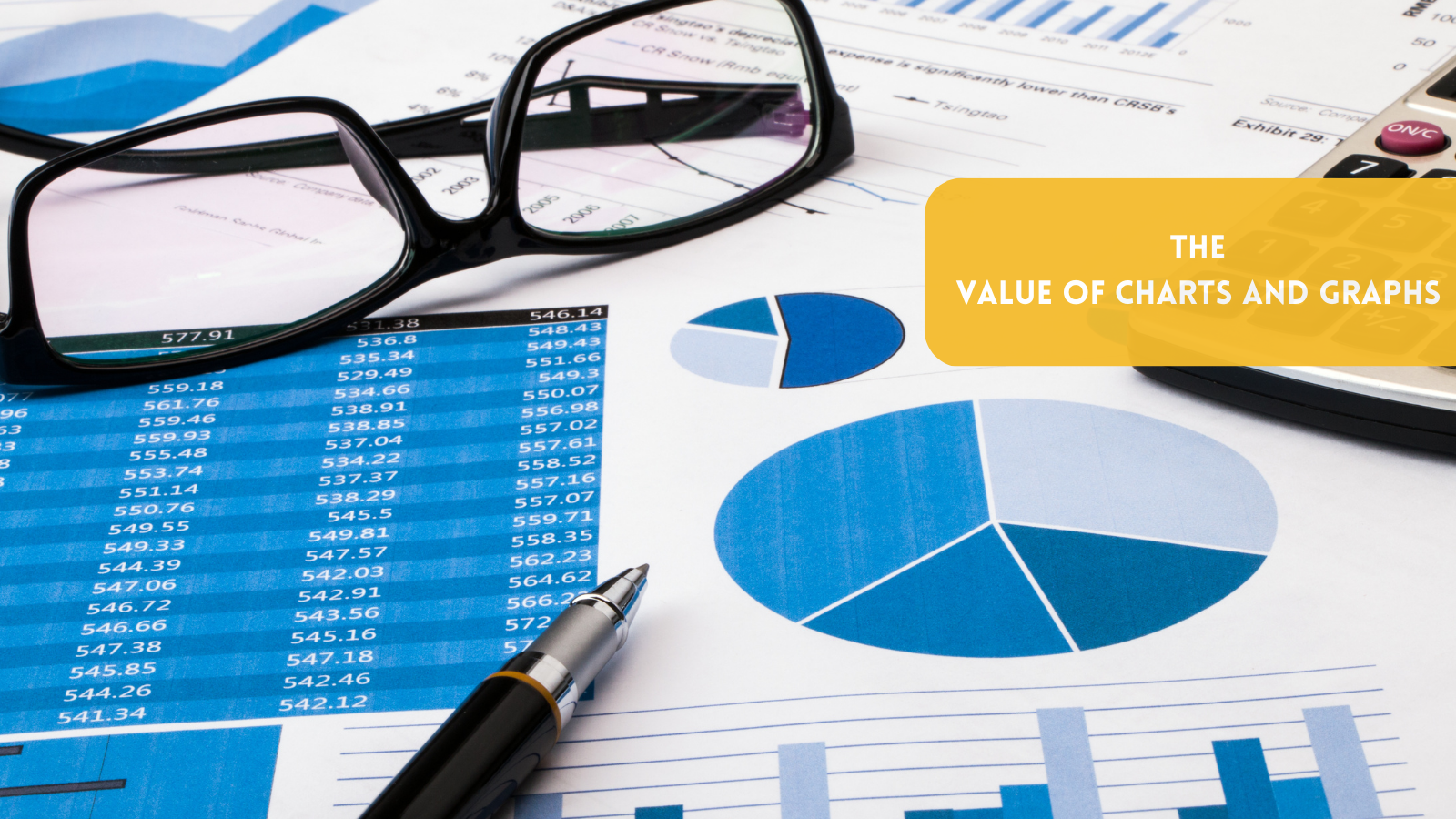
Why use charts instead of data tables?
The main functions of a chart are to display data and invite further exploration of a topic. Charts are used in situations where a simple table won’t adequately demonstrate important relationships or patterns between data points. By describing the data graphically, a person unfamiliar with your subject matter can more easily grasp your findings and conclusions. For the analyst, graphic displays of data reveal patterns more difficult to detect in a tabular format.
Following are some advantages and disadvantages of charts and graphs:
Advantages of Charts
- show each data category in a frequency distribution
- display relative numbers or proportions of multiple categories
- summarize a large data set in visual form
- clarify trends better than do tables
- reveal patterns in the data not apparent in a table
- estimate key values at a glance
- permit a visual check of the accuracy and reasonableness of calculations
- can be easily understood due to widespread use in business and the media
Disadvantages of charts
- may require additional explanation
- can be easily manipulated to yield false impressions
- require thoughtful effort to present effectively
- the wrong chart may be selected for the data shown
Graphs and charts condense large amounts of information into easy-to-understand formats that clearly and effectively communicate important points. Bar charts, line graphs, Pareto charts and pie charts are useful for displaying discrete data such as the number of defects, patients and invoices. Continuous data such as distance, weight and time are measured on a scale or continuum and are effectively displayed with line graphs, histograms, scatter diagrams, and box plots.
Add a Few Rules
When coupled with fundamental rules used in Statistical Process Control and Lean Six Sigma, anomalies in the data can be seen and deciphered quickly, root causes identified, and solutions developed while most observers are scratching their heads. For example, with a line graph, look for three or more consecutive data points above or below the average line, six data points going in the same upward or downward direction, or three or more data points “hugging” the average line. These indicate a systemic change has occurred. Outliers can be easily seen if they lie 1.5 times beyond the interquartile range. Other examples of unexpected shapes include skewed data that does not follow a normal curve on a histogram, or a data set with multiple distributions easily seen on histograms and box plots. To the curious person, these invite further investigation which can lead to impactful decisions. Finally, one can even estimate the standard deviation of a data set on a line graph by dividing the range by six.
Time to Decision
In today’s world, “time-to-decision” is a key metric. If you can provide 70 – 80% of the information needed in 20% of the time necessary to get all of the answers, or to achieve 100% confidence with no error, then you will win in the marketplace. Even if the decision is incorrect, you can still correct the outcome with a lesson-learned while others are still waiting on the information. The ability to quickly make fact-based decisions is a skill enhanced by the effective interpretation of data with charts and graphs.
